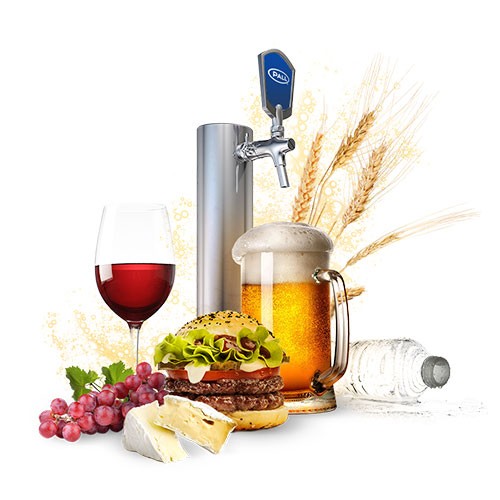Launching a food or beverage business is complicated – sourcing ingredients, distribution, and sales. Even though your business logistics are all sorted out, the real fun begins. Food and beverage marketing is essential for expanding your business and increasing brand awareness. Learn more about the most important aspects of food and beverage marketing below.
Packaging
How will customers know your product tastes good if the packaging doesn’t show it? Creating a well-designed food or beverage package is essential for standing out on shelves and building a brand image. Figure out what the selling points of your product are and make sure they are featured on your packaging. Clean design is better than jumbled images and words at attracting people’s attention and conveying important information. Your packaging should match your overall branding, taking into consideration fonts, logos, images and photos.
Web design
After your logo and branding are squared away, creating a well-designed website is the next step in developing your food and beverage marketing strategy. A simple web layout is usually better for users to follow along, and for you to feature the most important information about your company. Your homepage should showcase the product and benefits, and how customers can purchase it. Images will capture the viewer’s attention more effectively than words, so keep headlines simple and bold with photos being the main focus. Other things you may want to include on your website is a store locator, contact page, FAQ, ingredients information, reviews, press coverage, and links to social media profiles.
Social media
Building a social media presence is important for connecting with your audience and potential customers online. Having a website is an important part of being available to your customers, but social media offers an easier way to directly interact with people. Curating profiles on Instagram and Facebook create a stronger brand identity through frequently posted images and text, that can also be used to promote news and sales. Many influencers and bloggers use social media marketing services (like the ones from Buzzoid) to help with their engagement, Instagram likes, and followers. Customers are also able to directly offer feedback, comment, and share with friends. Social media is used by billions of people worldwide including businesses, so get sharing!
Blogging
Maintaining a blog on your website is a great marketing strategy for a number of reasons. First, adding high-quality content to your website will help boost your SEO, especially if you take the time to research the most effective keywords and base your content around that. Alternatively, engage with a professional like Oregon Web Solutions Portland SEO Company to help with the SEO while you focus on the business. You can also include image alt text, optimized headlines, and other tactics to make sure each blog post is as SEO-friendly as possible. Doing all this will organically help your website rank on google, making it easier for potential customers and clients to find. Writing a blog on your website also benefits customers that are interested in learning more about your product in general, and if they like your articles enough they will share on social media or with their friends. Topics to write about include new products, industry trends, recipes, company news, or anything that relates to your product.
Email marketing
Hopefully you started building an email list as soon as you launched your business, but if not get started now! Include an email signup option at online checkout, as well as on the homepage of your website. You can offer a coupon to incentivize people to sign up for your newsletter, where they can get first news of any upcoming sales too. Email marketing campaigns are very effective for making actual customers out of ‘window shoppers’, and encouraging people to buy again. You don’t have to send out emails 3 times a day for them to work, but doing an extra push around the holidays, during product launches, or announcing sales will definitely help promote your product. An automated email for online shoppers that abandon carts on your website will also help encourage buyers and push extra sales!
Digital advertising
The most popular way to advertise online is through Google AdWords. You’ve probably seen the ‘sponsored’ websites that show up on the top page of your Google search results. Those are companies that have dedicated some of their advertising budget to keywords that were relevant to your search so that they can be featured first. This is a smart way to reach your target audience if you don’t have an organically high-ranked website yet, or you are trying to expand your market. The nice thing about AdWords is that you can plan out your exactly daily budget, and see precise analytics for your campaign to assess how many clicks and sales you are getting as a result.
Contact a food and beverage marketing agency for help managing social media, website design, branding, content, and overall marketing strategy.
